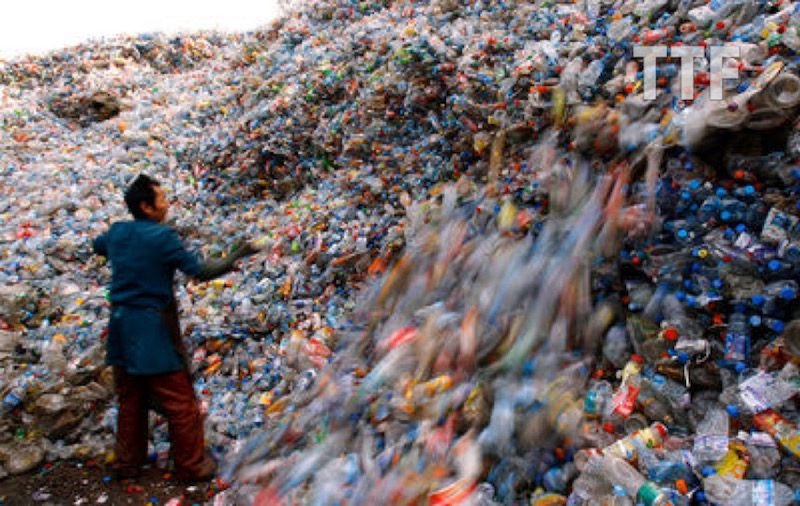
Plasma pyrolysis, which is the process being employed, involves the use of plasma torches to ionise pressurised inert gas which catalyses the controlled breakdown of polymers.
Due to the non-existence of oxygen, the process releases hydrogen and carbon monoxide which can then be combusted at extreme temperatures to produce hydrogen, carbon dioxide and water vapour.
The process may even be controlled to produced methane and other combustible gasses that can then be collected and turned into usable energy.
That’s basically the long and short of what amounts to a very complicated branch of science if the intent is to get into details at molecular level.
SAM should properly examine the process employed and not jump to conclusions, as the future is all about innovation and smart technologies to help rid the world of the plastic waste problem.

SUBANG JAYA: Sahabat Alam Malaysia’s (SAM) claim regarding the hazards posed by plastic waste disposal technologies being considered by Putrajaya may be baseless.
On July 19, SAM urged authorities not to consider any form of plastic waste processing that involves burning over concerns of harmful gas emissions.
The call came after Housing and Local Government Minister Zuraida Kamaruddin revealed that the government was exploring methods to turn plastic waste into alternative fuels and materials.
SAM further demanded that ResourceCo Asia (M) Sdn Bhd repatriate plastic waste it allegedly imported from Australia.
ResourceCo and Paramai Sdn Bhd have since clarified that the processing methods they’re employing do not emit hazardous gasses or toxins.
That’s true.
Pyrolysis is essentially the decomposition or ‘breakdown’ of materials to simpler compostions at extreme temperatures.
Plastic waste generally comprises of thermoplastic materials which are typically made up of ‘long-chain’ hydrocarbon molecules referred to as macromolecules.
Macromolecules are classified as polymers only when their molecular weights exceed a certain threshold beyond which change in properties with molecular weight is drastically reduced.
A plastic is polymeric. Thermoplastics are made up of building blocks known as monomers that come together to form polymers through a process known as polymerization.
The reverse of that process is depolymerisation, which typically requires a catalyst if the intent is to convert the polymer back to its basic building blocks, or monomers.
The catalyst is needed as depolymerisation requires very high temperatures that tend to decompose polymers in uncontrolled ways.
Uncontrolled decomposition results in multiple products that range from macromolecules, simple molecules, monomers, carbon dioxide, water vapour and carbon, among others.
Some of these products are carcinogenic and cause cancer as well as a range of other ailments. Pyrolysis is an uncontrolled form of decomposition.
However, if conducted at proper temperatures and under cyclic conditions, it can be turned into a controlled process and could even be designed to release green gasses.
Plasma pyrolysis, which is the process being employed, is even better – it involves the use of plasma torches to ionise pressurised inert gas which catalyses the controlled breakdown of polymers.
Due to the non-existence of oxygen, the process releases hydrogen and carbon monoxide which can then be combusted at extreme temperatures to produce hydrogen, carbon dioxide and water vapour.
The process may even be controlled to produced methane and other combustible gasses that can then be collected and turned into usable energy.
That’s basically the long and short of what amounts to a very complicated branch of science if the intent is to get into details at molecular level.
Plastics and micro-plastics are generally indecomposable, non-biodegradable and remain in soils for hundreds of years, perhaps even thousands.
SAM should properly examine the process employed and not jump to conclusions as the future is all about innovation and smart technologies to help rid the world of the plastic waste problem.
RJ RITHAUDEEN



